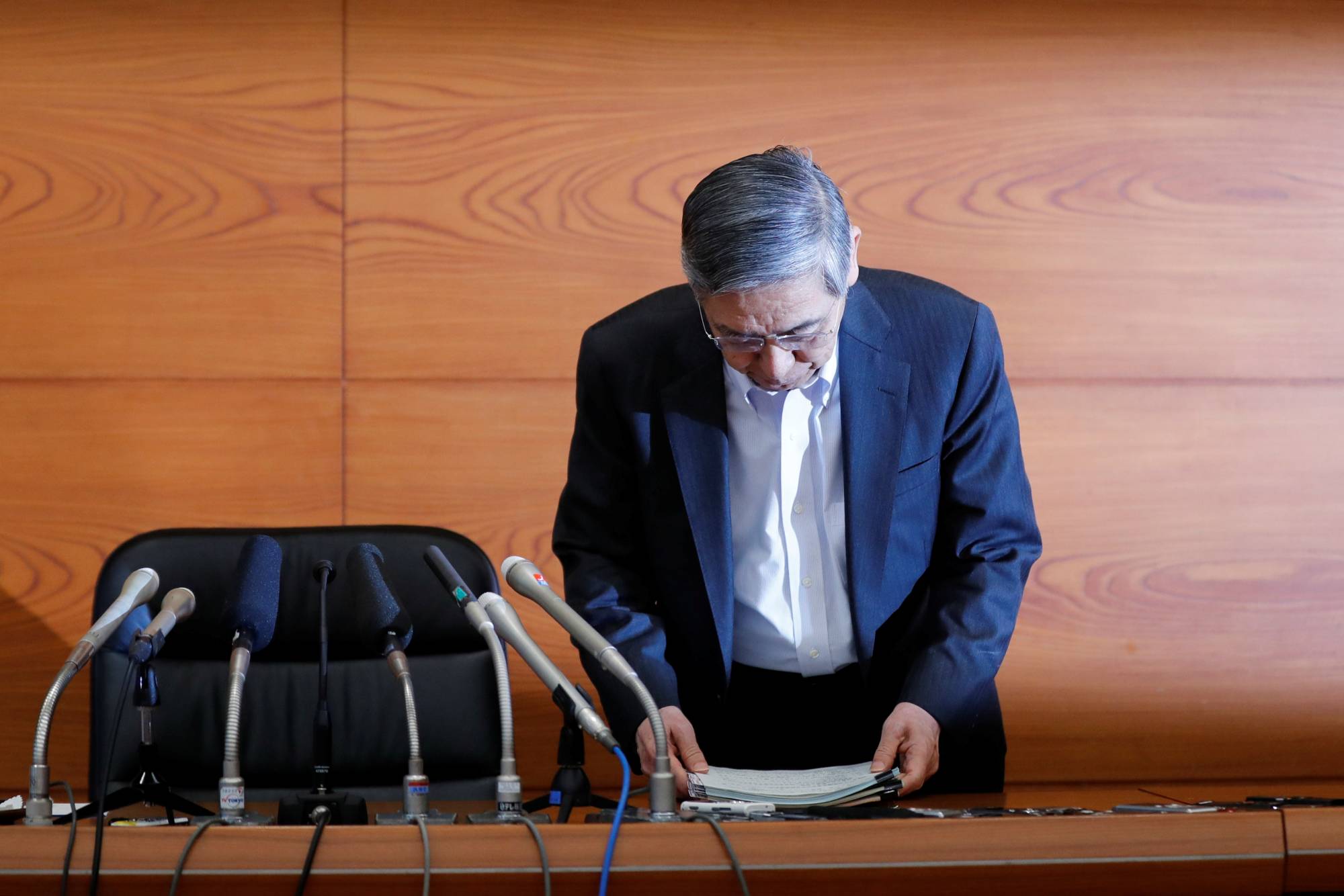If the multiverse of Academy Award sensation "Everything Everywhere All at Once" exists, then in some alternate reality this scenario unfolded last week: Just as some traders feared, the Bank of Japan announces a surprise move to dismantle yield-curve control — on the same day as Silicon Valley Bank implodes.
Had Gov, Haruhiko Kuroda taken such a step, it would have compressed into a single weekend the mistakes of predecessors who raised rates at the wrong time. His comparatively tiny tweak in December roiled global markets for weeks; a surprise hawkish turn, just as SVB collapsed, would unleash chaos.
Fortunately, we live in this universe — one where Kuroda has exercised considerable prudence over tightening policy, despite the insistence from largely overseas investors that he abandon yield-curve control and join the global cycle.


















With your current subscription plan you can comment on stories. However, before writing your first comment, please create a display name in the Profile section of your subscriber account page.